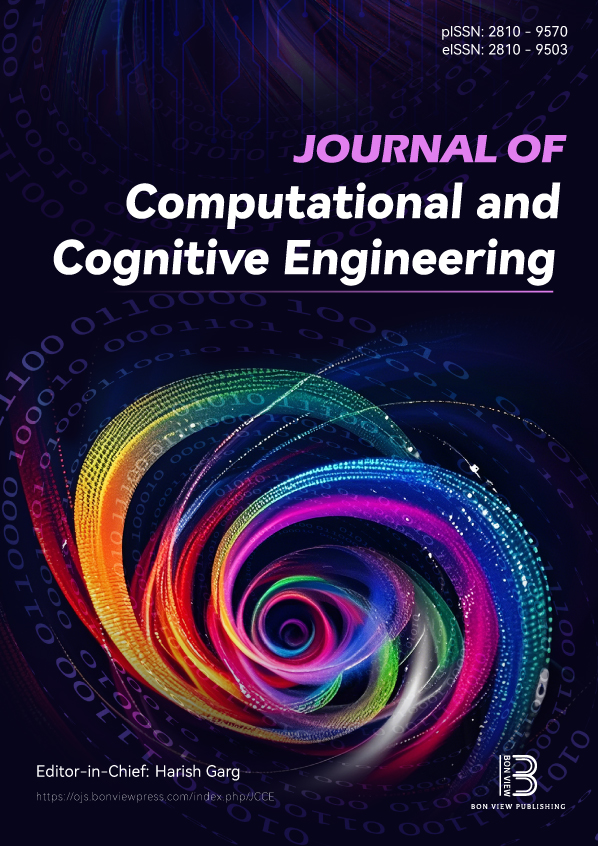GRU-ASPP U-Net: Enhanced Multiple Sclerosis Lesion Segmentation Through Temporal-Spatial Feature Integration in Longitudinal MRI
DOI:
https://doi.org/10.47852/bonviewJCCE52024394Keywords:
multiple sclerosis lesion segmentation, deep learning, Gated Recurrent Unit (GRU), Atrous Spatial Pyramid Pooling (ASPP), longitudinal MRI analysisAbstract
Identifying the different stages of Multiple Sclerosis (MS) is essential for accurately predicting disease progression, often requiring the capabilities of deep learning networks. The spatial and temporal dependencies within image-based biomarkers frequently present irregular capture challenges across MRI scans taken at different time points, primarily due to unsynchronized multi-scale features and their corresponding network channels. Consequently, this may lead to false predictions of disease progression and inaccurate MS lesion segmentation. In this paper, we propose a novel deep learning pipeline that integrates advanced modules, namely Gated Recurrent Unit (GRU), Atrous Spatial Pyramid Pooling (ASPP), and Squeeze and Excitation (SE) blocks, within a U-Net architecture to effectively manage multi-scale features and channel relationships. It is simply abbreviated as GRU-ASPP U-Net. The GRU modules at skip connectionsenable temporal feature capture, the ASPP module in the bottleneck layer facilitates multi-scale feature extraction, and SE blocks perform channel-wise feature recalibration. Evaluation metrics, including the Jaccard Coefficient (IoU) and Dice Coefficient, indicate that the proposed pipeline achieves promising prediction outcomes, with a Dice score of 0.87 and IoU of 0.79 (Fold 3). Moreover, this approach combines spatial and temporal analysis, providing a more stringent measure of segmentation accuracy and enhanced sensitivity to subtle overlaps in MS lesion segmentation.
Received: 20 September 2024 | Revised: 19 November 2024 | Accepted: 28 November 2024
Conflicts of Interest
The authors declare that they have no conflicts of interest to this work.
Data Availability Statement
Data sharing is not applicable to this article as no new data were created or analyzed in this study.
Author Contribution Statement
Ramya Palaniappan: Conceptualization, Methodology, Software, Formal analysis, Investigation, Resources, Writing – original draft, Writing – review & editing, Visualization. Siva Rathinavelayutham: Validation, Data curation, Supervision, Project administration.
Metrics
Downloads
Published
Issue
Section
License
Copyright (c) 2025 Authors

This work is licensed under a Creative Commons Attribution 4.0 International License.






